Music is the ‘femme fatale’ of the arts, and capturing the evocative power and impact of music in images is a temptation that artists have fallen for again and again. They have done so at their peril and with mixed success. It is hard enough making great music, and of course just as hard turning ideas into visual forms of expression, but turning complex musical compositions or moods into tangible shapes, then making great art out of all that… That is often too big an ask. Turning a symphony into a two-dimensional canvas of a limited rectangular size? Well, good luck…
But in spite of these difficulties, painters, filmmakers, graphic artists and photographers have over the years been fatally drawn this utopian project. From Kandinsky’s compositions to Kupka and Klee’s fugue paintings, or Mondrian’s Boogie Woogie late period canvases, to Oskar Pischinger’s experimental movies, Peter Saville’s Joy Division covers and Factory Records artwork, or Vaughan Oliver’s Pixies, V23 and 4D collages. Traffic has also gone the other way (in fact, I believe musicians have had an easier time interpreting visual clues and turning them into music), from Liszt’s Renaissance-inspired works, Musorgsky’s Pictures at the Museum, Stravinsky’s transpositions of Schoenberg’s compositions, and Debussy’s arabesques, to Bowie, Lou Reed and John Cale (there is no better primer to Warhol’s work than Songs For Drella).
We are clearly talking about a fertile field, but one also distinguished by a notable rate of failure. A field strewn with danger signs and musical mines. Therefore, when I first heard that photographer Julien Mignot and artist Camille Rousseau were working on a long and complex project attempting to do just that, I couldn’t help feeling sceptical, to say the least. This was not helped by their equally utopian idea of combining photographic and drawing practices, to which they are now also adding music and film, and a performative and improvisational side, proper to the nature of music performance itself.
So how is The Invisibles Project faring? It may still be too early to tell. The project has been organized as an experiment, which is now assuming new proportions with this new show at 104 Rue du Faubourg Poissoniere. While Mignot’s delicately balanced portraits seize on moments, on gazes, expressions, moods and personalities, Rousseau’s drawings go after the music itself. Her lines track down the ineffable paths of notes dancing through the air, her shading mimicking (in almost balletic style) musical atmospheres as they settle over benumbed listeners. Part of a new wave of French photography, as at ease with portraiture and photojournalism as he is with fashion and commercial photography, Mignot works in the moment, using what is the visual equivalent of the gift of a perfect year, the photographic equivalent of a perfect pitch. Rousseau’s drawings, on the other hand, return, over and over again, to the echoes of rhythms and melodies, of unexpected jumps and shifts in rhythm and tonality. It is easy to admire the work of both, separately. Both are equally brilliant at their respective crafts and, taken individually, Rosseau’s drawings are amongst the best visual interpretations of music I have come across, carrying with them the energy of Fellini’s Prova d’Orchestra, but with an abstract clarity, if such a thing exists (remember, we are talking music here and I better not get into the relationship between writers and music…). But do these two fare well together? Does this unexpected dance actually come off?
Individually, both artists succeed brilliantly, but at times the mix of both forms fails to take the work to the next level, making the drawings look decorative, ornamental, rather than the extra layer of perception and understanding they are supposed to be. The individual works sometimes suffer from a lack or excess of symbiosis between these two forms (in fact at times drawing and portrait fail to clash!) and can feel more like a simple juxtaposition than partners in a dance, lacking that ineffable chemistry. But (and it is a big but) when the two coincide, as they do in the best of these pictures, the result is astonishing. Boum!
For the opening of the show, they will be joined by cult French musician Rodolphe Burger (of Kat Onoma fame and Derniere Bande record label), who has been close to the project almost from the start. [Note that French contemporary music and songwriting is an extremely rich world, relatively unknown to English audiences, and that Burger/Invisibles is a very good place to start if you want to find out more about it.]
More importantly, like all great jazz sessions, I get the feeling that this one is really just getting going, just finding its groove, and that there is a lot more to come. The Invisibles Project is an open source experiment, a fertile laboratory (again, true to the transformative nature of musical performance). Personally, I have been following it for just over a year now, and they have surprised me at every turn, at every performance. So watch this space.
‘Les Invisibles: Watch the Music’ runs from 21 December 2016 until 16 February 2017 at Superette Film Production Gallery, 104 rue du Faubourg, Poissoniere, 75010, Paris
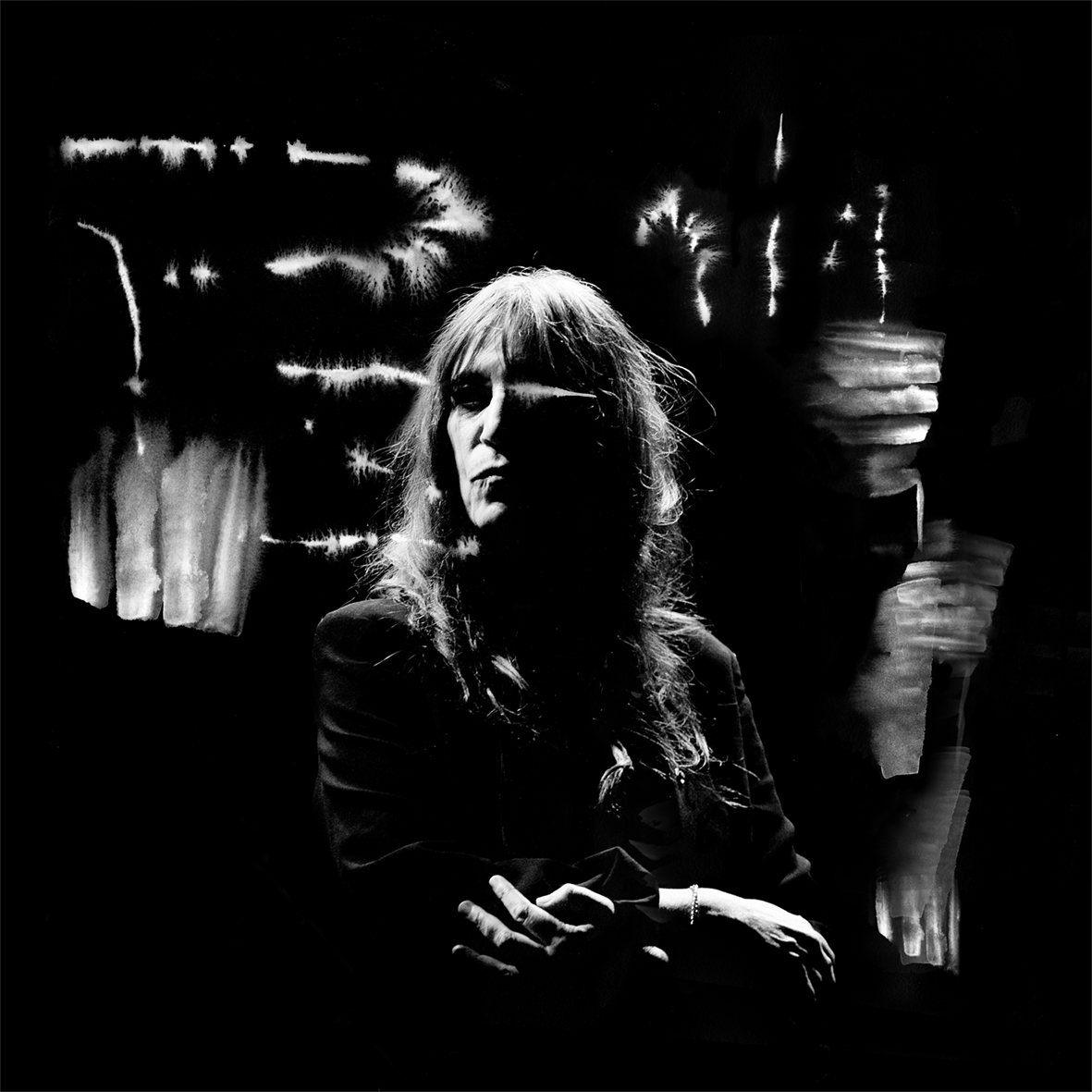

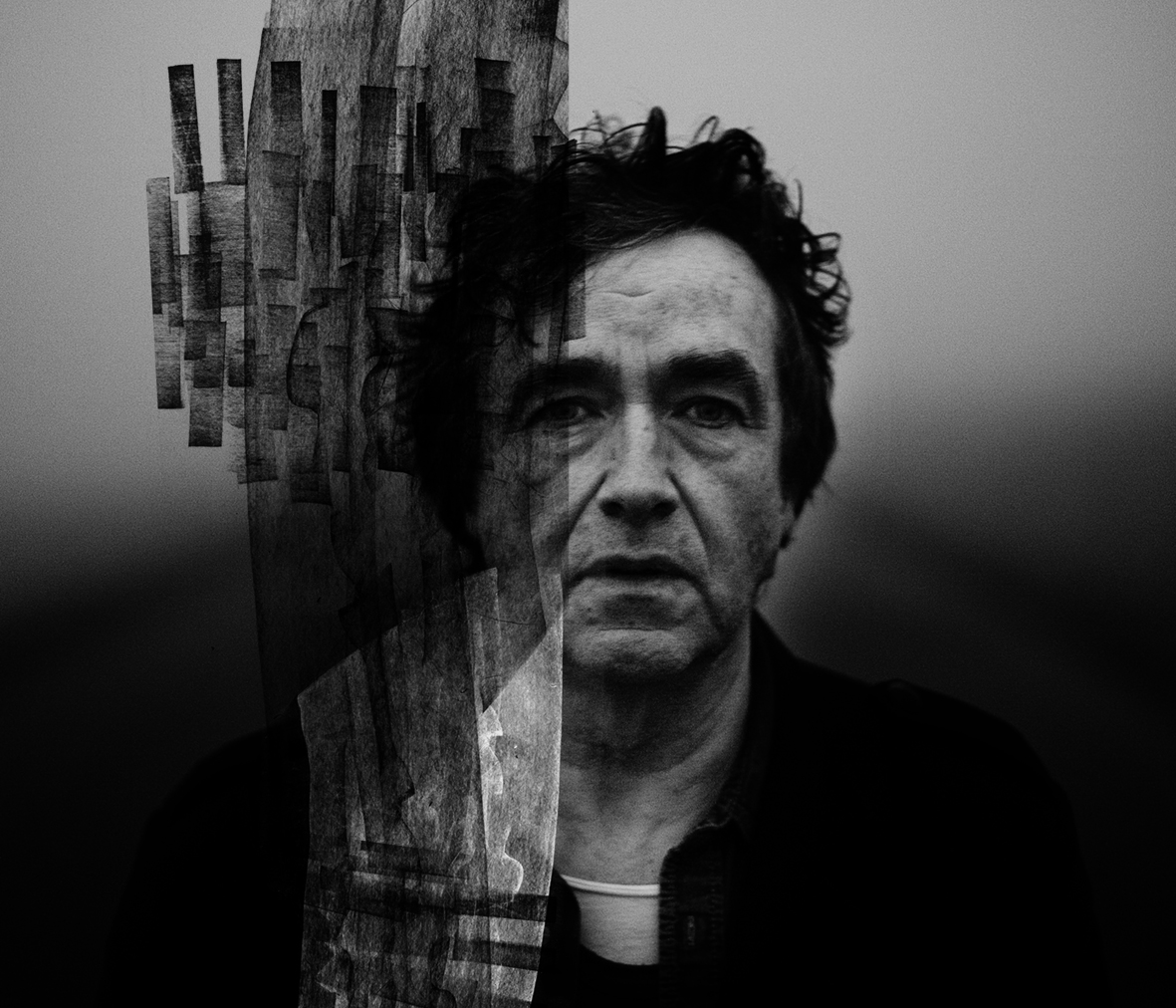
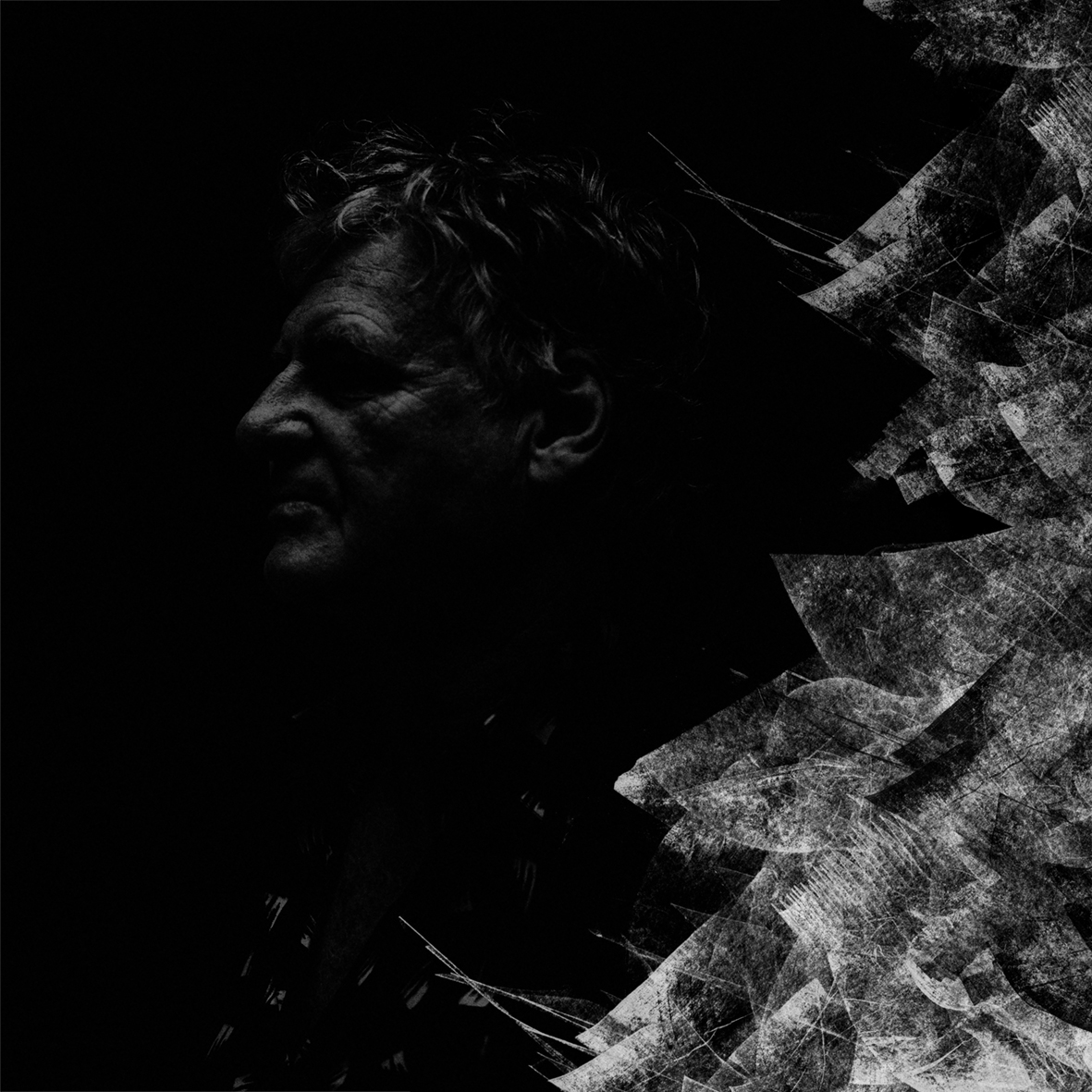
Rodolphe Burger
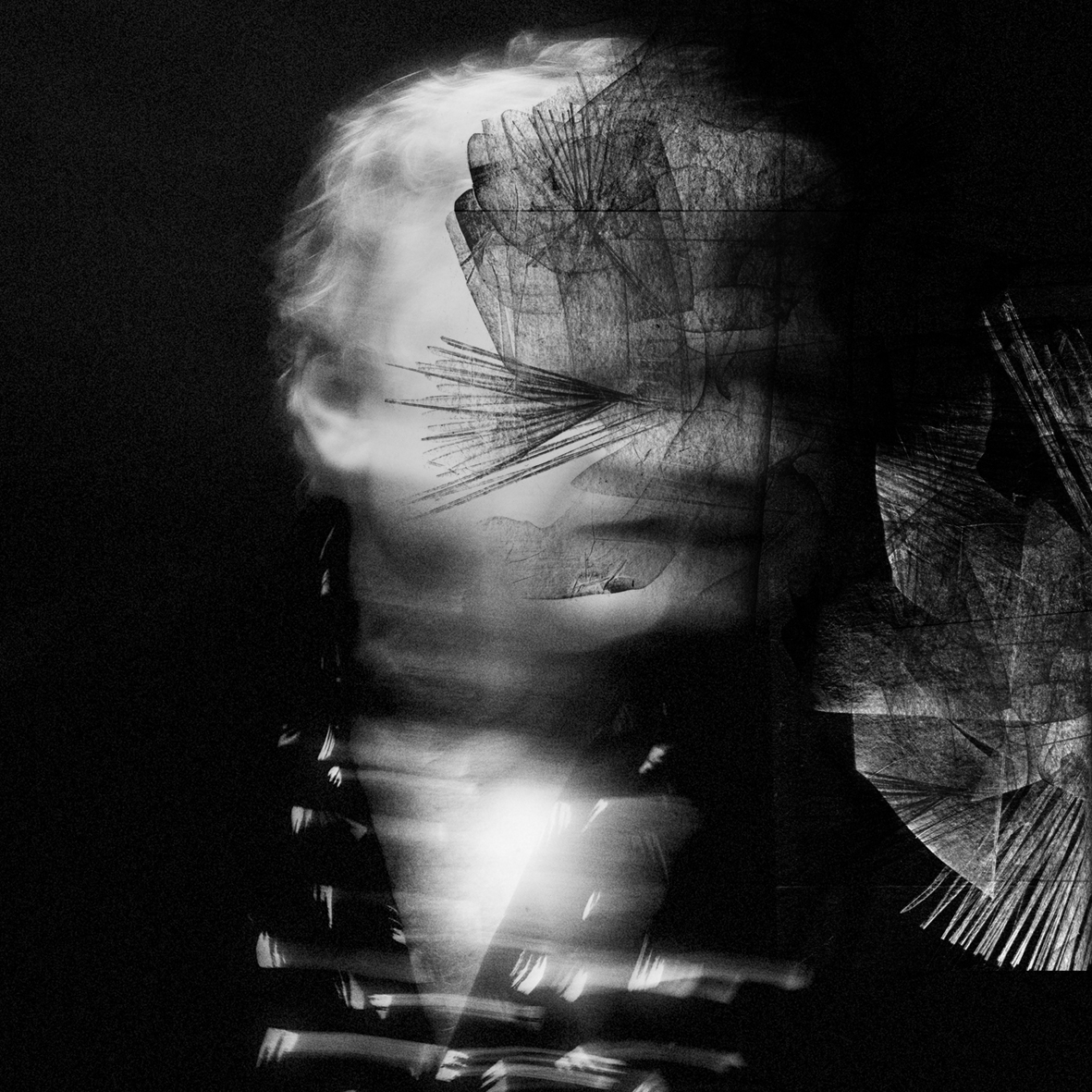
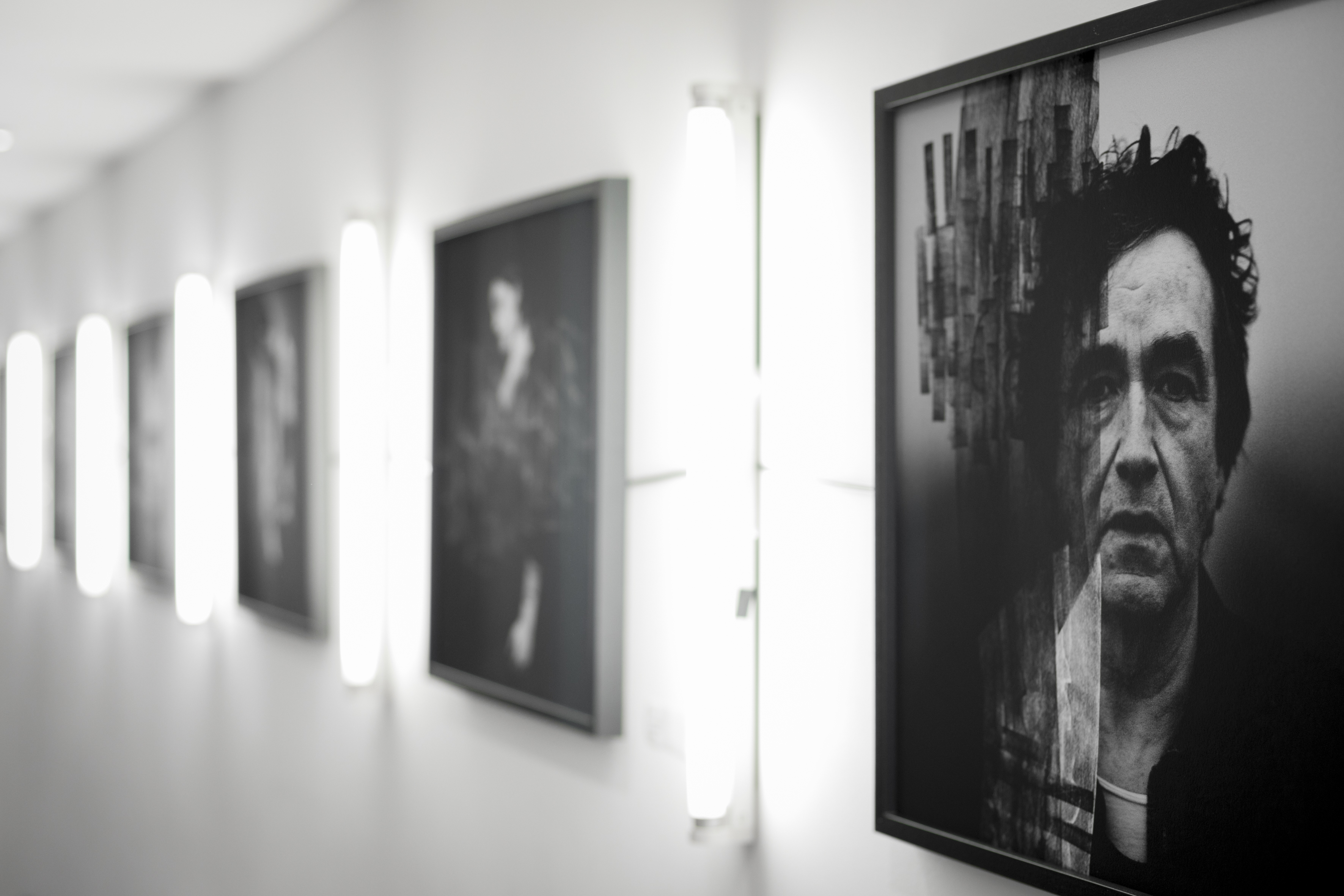
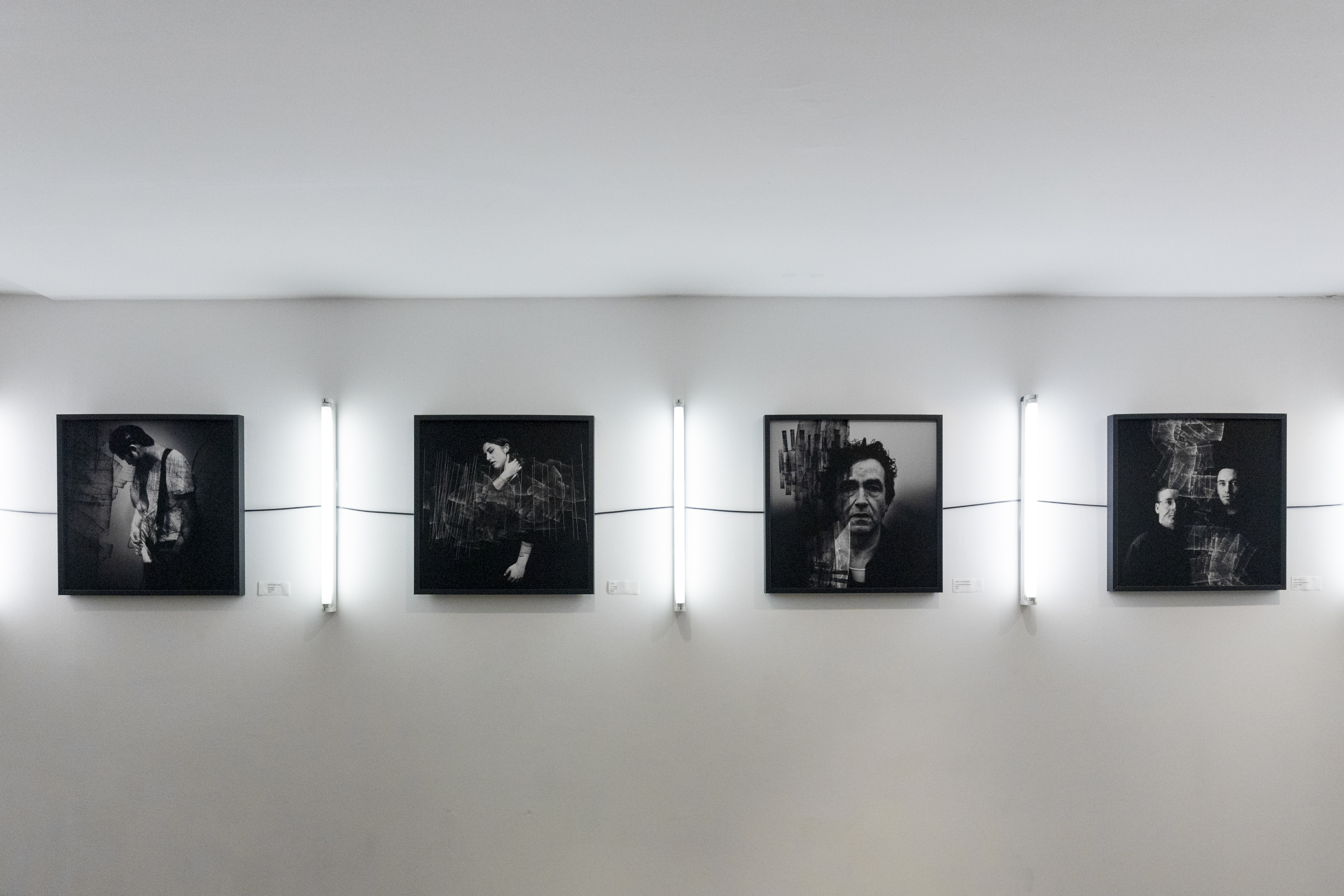
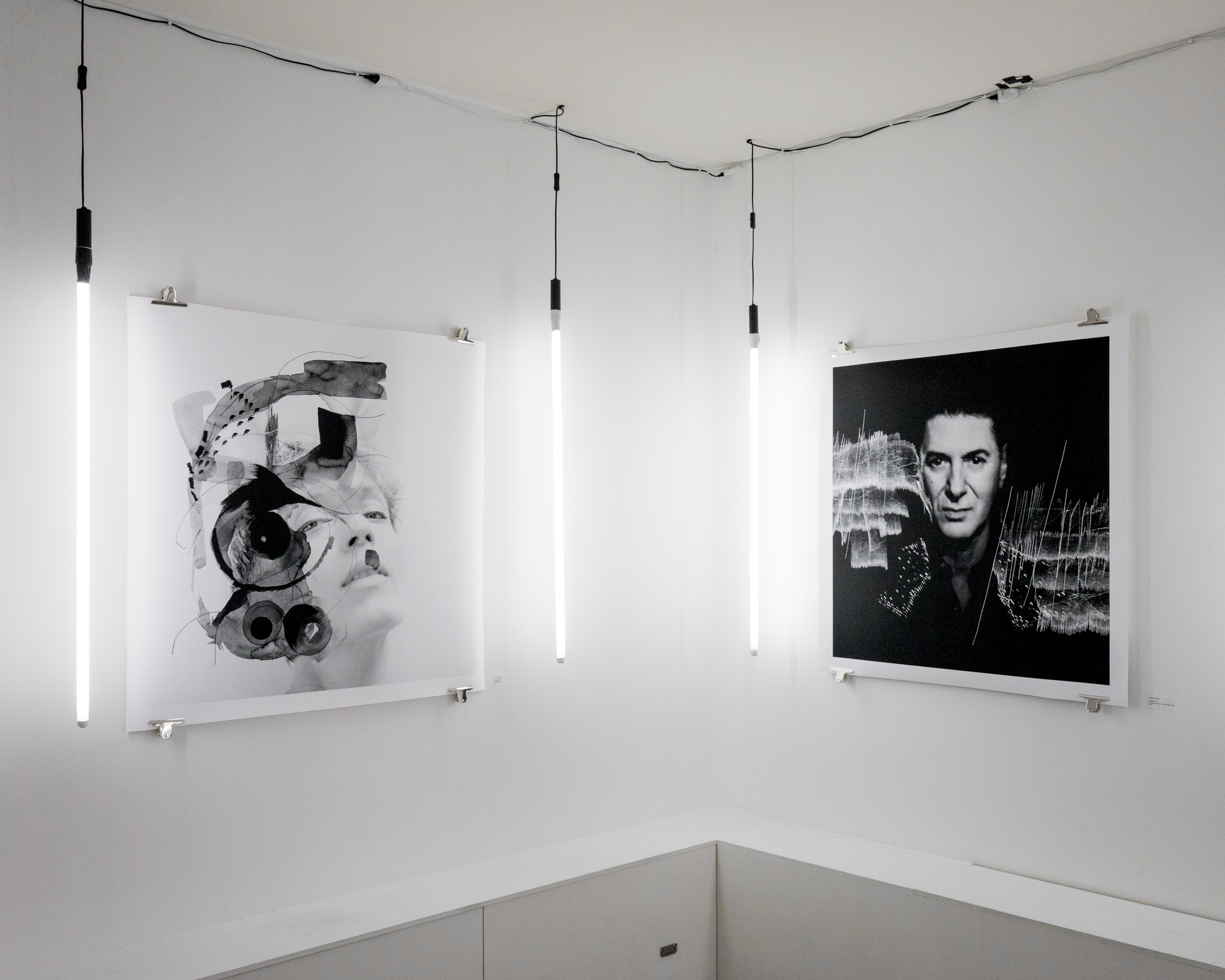

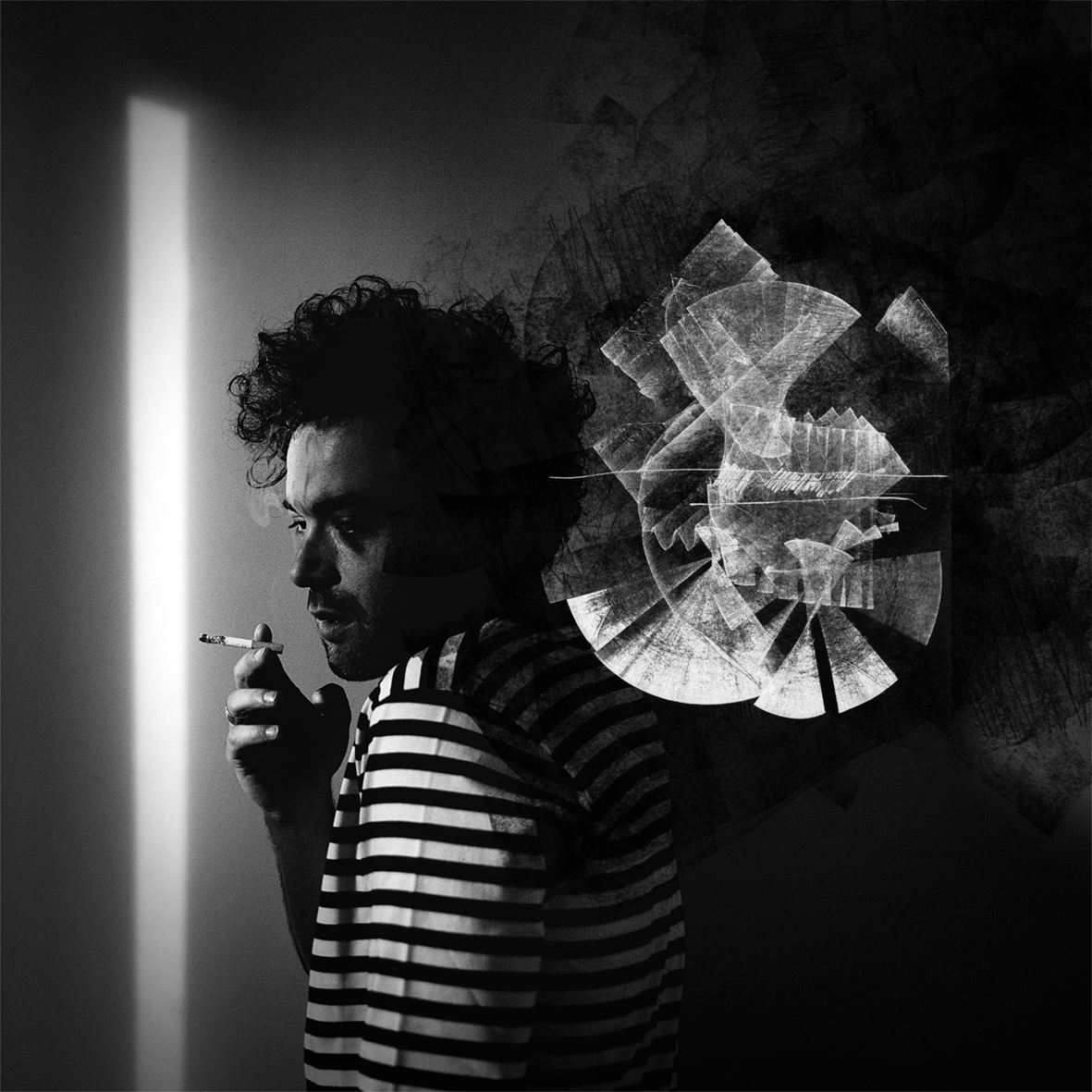
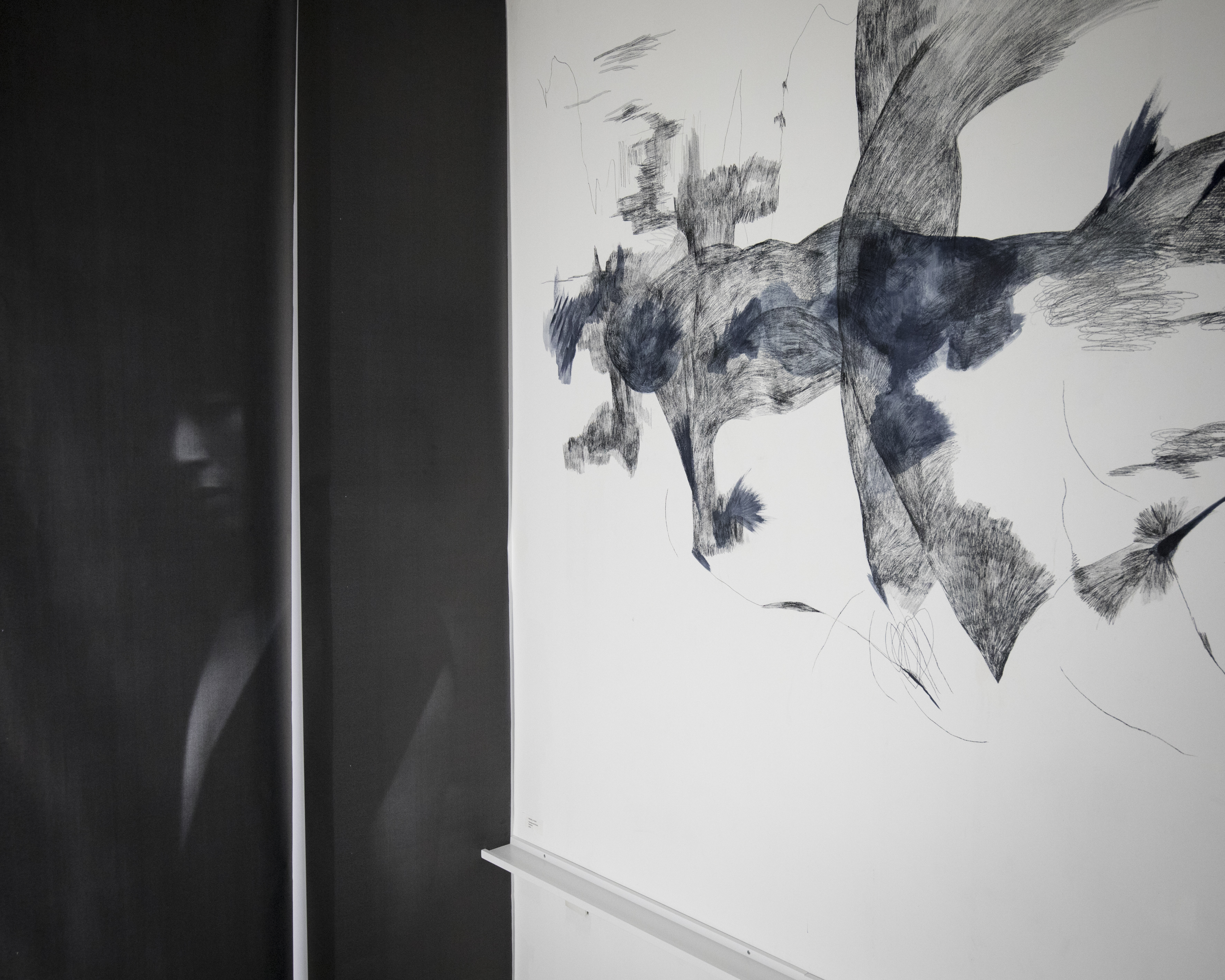
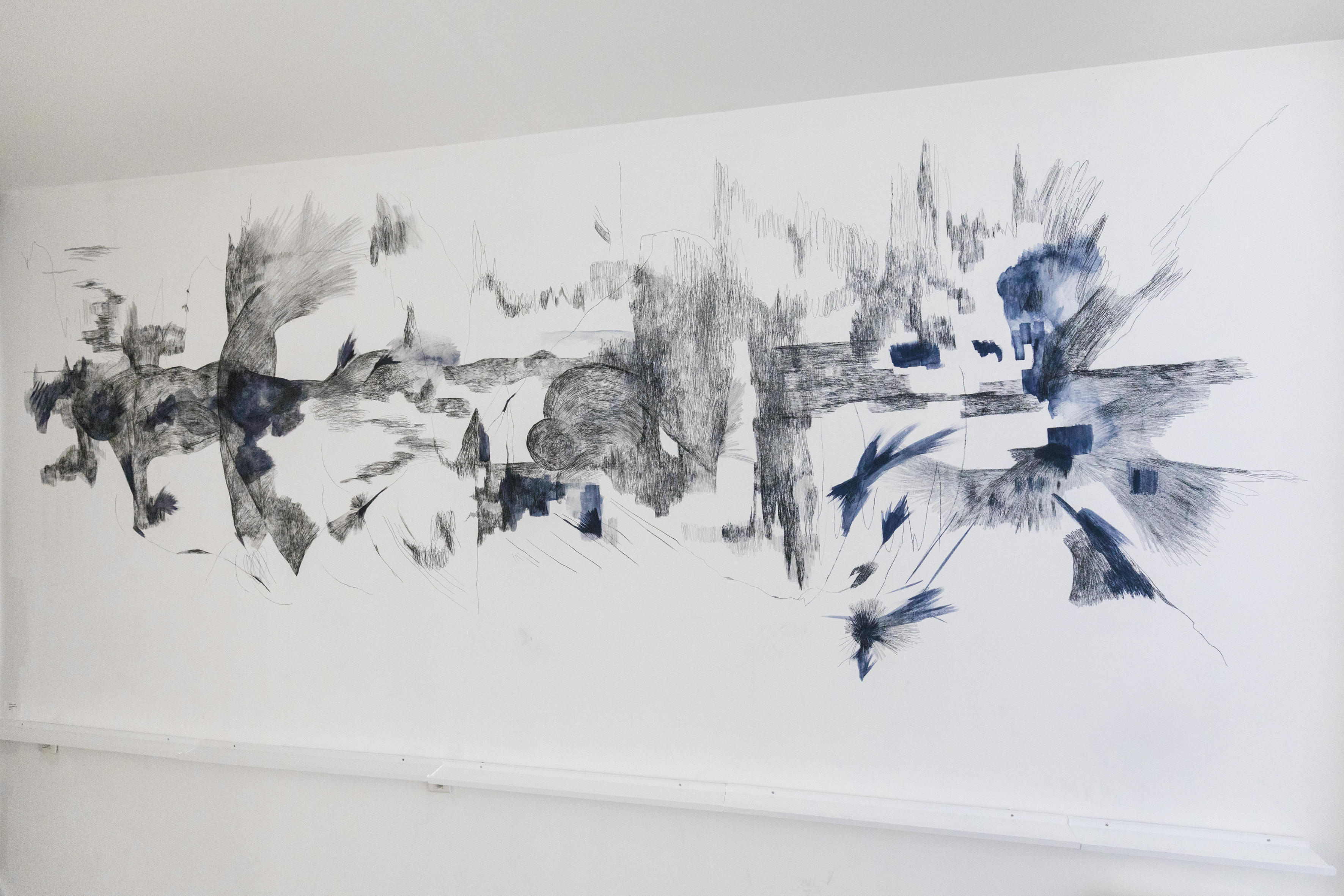
Installation view





